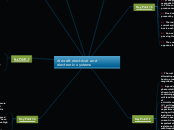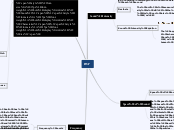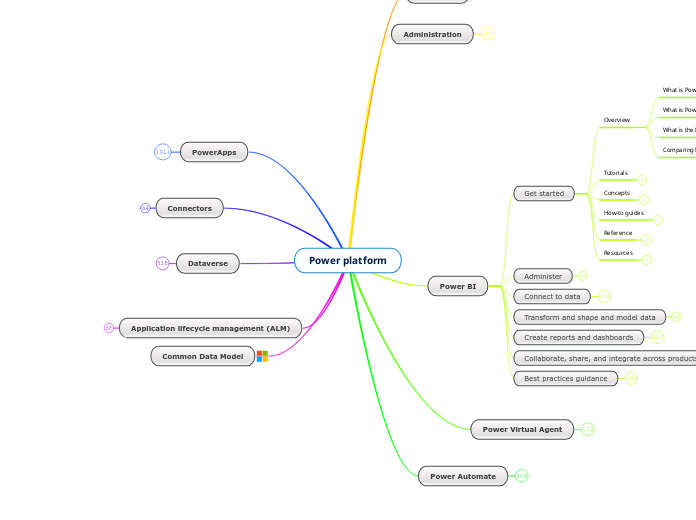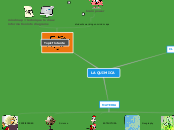por yesid barreto 7 anos atrás
281
Aircraft electrical and electronic systems
Power refers to the rate at which energy is used or converted from one form to another, measured in watts, where one watt equals one joule of energy per second. In electrical systems, the behavior of capacitors and inductors under alternating voltages is influenced by their capacitance or inductance values and the voltage frequency.









